How to Find the Best Handmade Sunglasses Manufacturer from China
To find the best handmade sunglasses manufacturer, you must first create a detailed technical brief that codifies your brand’s DNA and performance standards. Next, systematically vet potential partners by evaluating their production capabilities, quality control systems, and ethical credentials. Finally, you must implement a robust legal and inspection framework to protect your IP and ensure consistent quality.
China produces over 70% of the world’s eyewear, with manufacturing costs averaging 40-60% lower than European alternatives. Accessing this excellence demands a sophisticated evaluation strategy beyond conventional sourcing.
Phase 1: Codify Your Brand and Product Strategy
Foundational Strategy: Aligning Vision with Reality
How to Codify Your Brand into a Technical Brief
Your brand identity must be translated into actionable manufacturing specifications. You must document your design language, performance requirements, and market position. This technical brief is the contractual foundation for quality, materials, and production methods.
Best Practice: Develop comprehensive technical packs with detailed dimensional drawings, exact material tolerance requirements, and surface finish standards. Premium manufacturers expect documentation equivalent to engineering blueprints, not conceptual sketches.
Defining Your Customer and Price Point to Dictate Quality
Your market positioning directly dictates the manufacturing approach and cost. A premium retail price over $200 requires acetate curing periods exceeding 90 days, multi-stage hand-polishing, and precision machinery for component integration. Mid-market positioning permits shorter curing cycles and automated finishing.
Key Metric: Premium handmade acetate frames undergo a 4-stage tumbling process that requires 72 hours of continuous rotation. This uses graduated wooden media and specialized polishing compounds. Standard production reduces this to a 2-stage process completed within 24 hours.
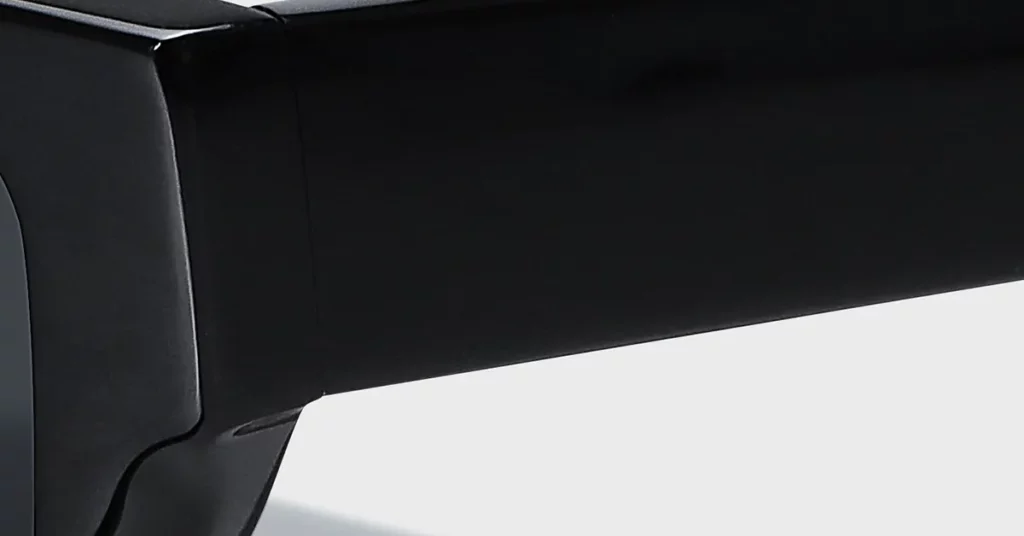
Translating Aesthetics into Specific Design Language
You must convert aesthetic concepts into measurable specifications for frame geometry, surface treatments, and hardware. Premium brands specify exact curve radius measurements, edge bevel angles, and temple spring tension parameters instead of using subjective descriptors.
Critical Warning: Vague descriptions like “sophisticated” create interpretation gaps that lead to production inconsistencies. Always specify exact Pantone color references, surface texture measurements using Ra values, and dimensional tolerances using ±0.1mm precision standards.
Aligning with Key Market Trends
Market demands now emphasize environmental responsibility, accessible quality, and customization. Leading Chinese manufacturers offer bio-acetate from renewable cotton, titanium recycling programs, and modular design systems that permit component-level customization.
For Example: Mazzucchelli’s bio-acetate alternatives reduce environmental impact by 40% while maintaining performance characteristics identical to traditional acetate.
Establishing Non-Negotiable Product Performance KPIs
Performance specifications must translate into measurable quality control parameters. Demand frame durability testing that includes drop-impact resistance, temperature cycling, and stress testing. Premium titanium frames must maintain integrity through 100,000+ opening cycles without loosening.
Weight optimization requires balancing material selection with structural needs. Premium titanium frames achieve 15-18 gram weights while maintaining superior strength-to-weight ratios compared to 25-30 gram acetate alternatives.
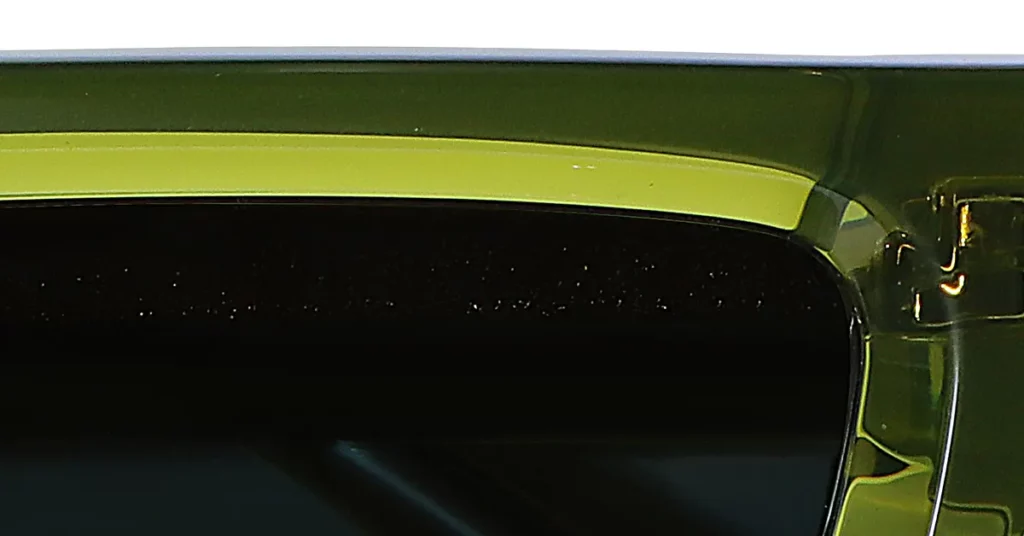
A Guide to Materials & Components
Material selection directly impacts manufacturing complexity, cost, and market position. Understanding material characteristics and supplier relationships enables informed decisions that balance quality with commercial viability.
Frame Material Analysis: Acetate, Metals, and Niche Options
Acetate Selection Hierarchy
| Material Type | Curing Period | Color Depth | Durability Rating | Cost Multiplier |
| Mazzucchelli Premium | 90+ days | Rich, Complex | Superior | 3.5x |
| Bio-Acetate | 60-75 days | Excellent | High | 2.8x |
| Standard Acetate | 30-45 days | Good | Standard | 1.0x |
Pro Tips: Premium Mazzucchelli acetate requires extended curing to enable deeper color saturation and enhanced stability. Its proprietary processing creates material densities that support intricate designs while maintaining flexibility to prevent breakage.
Metal Framework Comparison
| Feature | Titanium | Stainless Steel |
| Properties | Superior strength-to-weight, corrosion-resistant, hypoallergenic | Comparable strength, requires enhanced surface treatments |
| Flexibility | Beta-titanium variants offer enhanced flexibility | Less flexible than beta-titanium |
| Cost | Premium | Lower cost alternative |
Lens Technology Deep Dive
Lens material selection is a balance of optical clarity, impact resistance, and weight. Nylon lenses provide superior impact resistance and optical clarity matching glass while reducing weight by 40%. Polycarbonate offers maximum impact protection for sports applications with a slight reduction in optical clarity.
Critical Warning: TAC (Triacetate Cellulose) lenses, common in budget production, provide inferior clarity and limited coating durability compared to nylon or polycarbonate alternatives.
Hardware Specification: The Impact of Premium Components
Hardware quality directly influences product longevity and your reputation. You must prioritize premium components. OBE hinges, made in Germany, support 200,000+ cycles without loosening. Standard hinges typically fail between 50,000-80,000 cycles, creating warranty issues.
Best Practice: Premium manufacturers source OBE hinges and Comotec components from established European suppliers, despite higher costs. These components undergo individual quality inspection before frame integration.
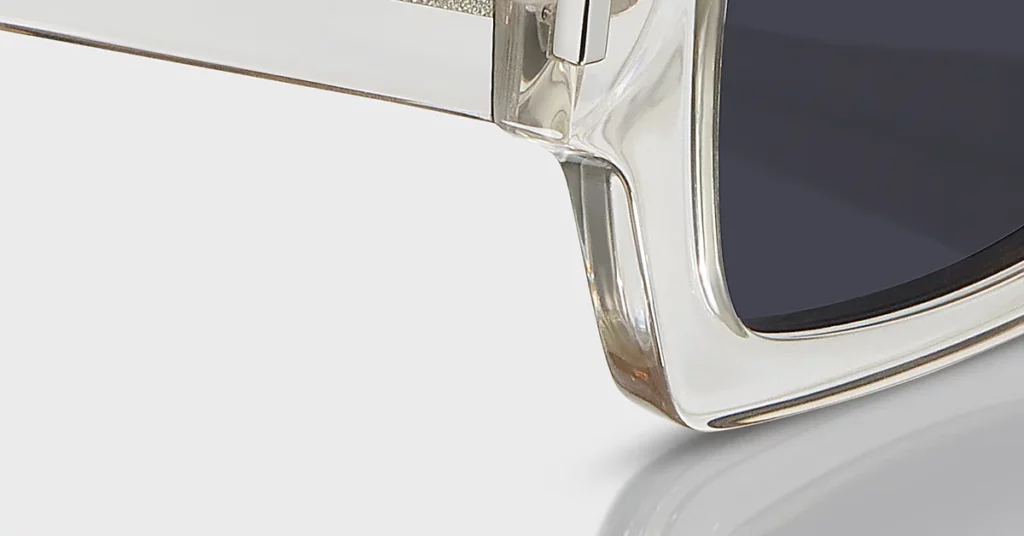
Mastering Key Terminology
Professional communication requires precise terminology to accurately convey specifications and verify quality standards.
OEM (Original Equipment Manufacturer)
OEM partnerships give you complete design control. The manufacturer executes your technical specifications, material selections, and quality requirements. Premium OEM partnerships include design consultation, prototyping, and quality assurance programs.
Best Practice: OEM agreements should specify intellectual property ownership, exclusivity terms, and quality standards using measurable parameters.
ODM (Original Design Manufacturer)
ODM collaborations leverage a factory’s existing frame designs with customization options like color changes and logo placement. This approach reduces development timelines from 12-16 weeks to 6-8 weeks while maintaining quality through proven processes.
Understanding MOQ (Minimum Order Quantity)
MOQ requirements vary based on customization and materials.
- Standard ODM frames: 300-500 pieces per colorway
- Custom OEM acetate frames: 600-1,200 pieces per design
- Titanium frame development: 1,000-2,000 pieces minimum
Pro Tips: Negotiate graduated MOQ structures that permit smaller initial orders with committed volume escalations. Premium manufacturers often accept reduced initial quantities for brands with clear growth potential.
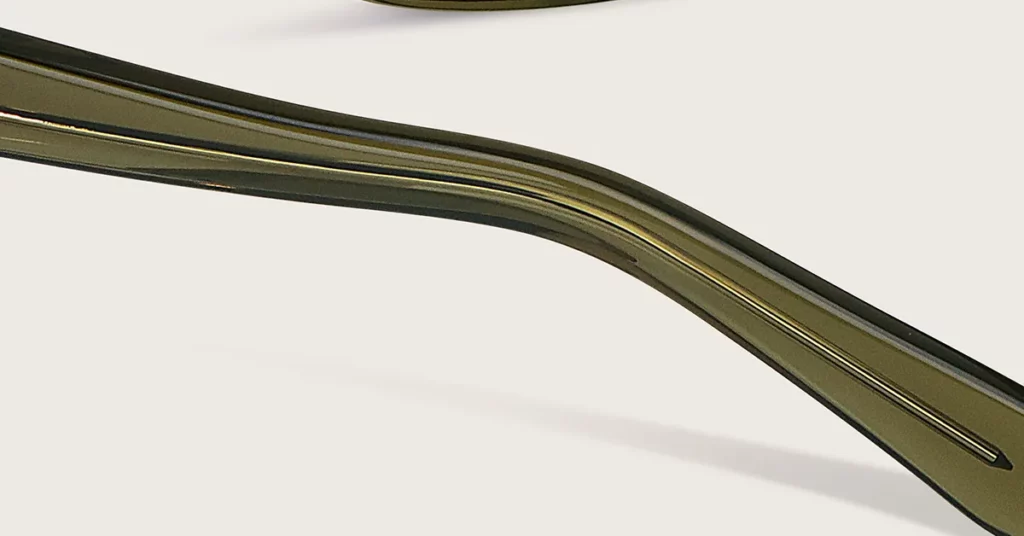
Phase 2: Identify and Vet Potential Partners
The Search Phase: Identifying Potential Partners
Effective supplier identification requires understanding China’s manufacturing geography, using multiple sourcing channels, and implementing systematic evaluation to distinguish trading companies from actual manufacturers.
Leveraging Strategic Sourcing Channels
A comprehensive strategy combines online platforms, trade show participation, and industry networks. Each channel provides different information and access levels, requiring a coordinated approach for optimal results.
Advanced Vetting on B2B Platforms
B2B platforms like Alibaba require sophisticated filtering. Prioritize suppliers that display comprehensive facility photos, detailed production capability descriptions, and established client testimonials.
Critical Warning: Suppliers claiming “lowest prices” or offering immediate delivery often represent trading companies, not manufacturers. This creates quality control and communication challenges. Execute effective screening by examining supplier profile completeness, response patterns, and their ability to answer technical questions.
The Power of In-Person Evaluation at Trade Shows
Trade shows provide direct manufacturer access and quality evaluation opportunities. The Hong Kong Optical Fair attracts premium manufacturers, while Wenzhou shows focus on volume production.
Best Practice: Prepare detailed technical questions and sample evaluation protocols before attending. Always schedule specific meetings with pre-qualified suppliers instead of making random booth visits.
Utilizing Expert Third Parties
Professional sourcing agents provide local market knowledge, language capabilities, and manufacturer access. Third-party inspection companies like SGS, Intertek, and Bureau Veritas offer independent quality verification, reducing risk.
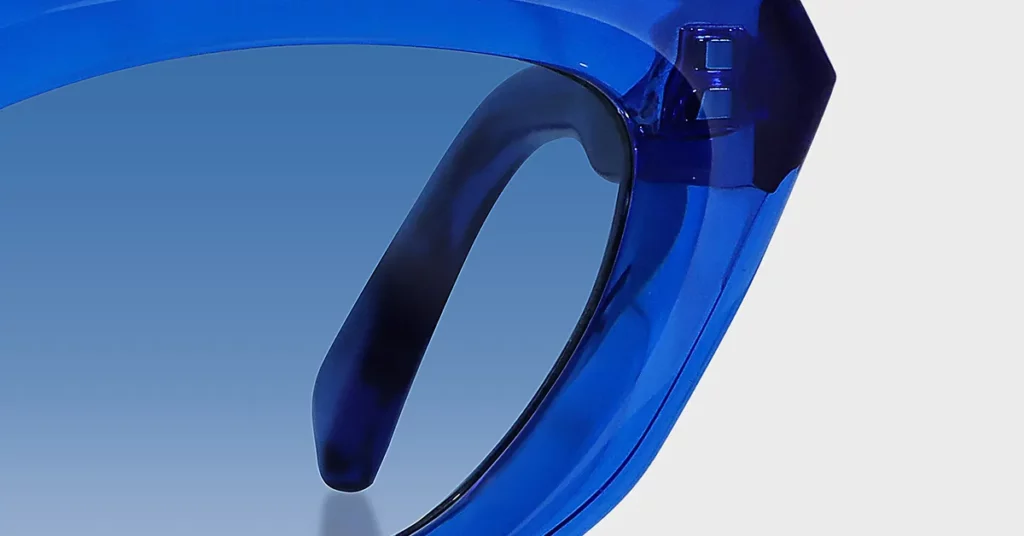
A Tour of China’s Premier Eyewear Hubs
China’s eyewear manufacturing is concentrated in specialized regional clusters, each with distinct capabilities and cost structures.
| Manufacturing Hub | Specialization | Cost Structure | Best For |
| Shenzhen | Premium titanium, precision metalwork, luxury quality | High (20-30% > others) | Luxury & Premium Brands |
| Wenzhou | Acetate processing, rapid prototyping, large scale | Medium (15-25% < Shenzhen) | Scale & Trend-Focused Lines |
| Danyang | Optical & prescription lenses, integrated production | Low (30-40% < premium) | Lens Expertise & Mid-Range |
| Taizhou | Mass-market production, high automation | Lowest | Volume & Cost Efficiency |
| Xiamen | Fashion sunglasses for export (US/EU) | Medium | Stylish, Trend-Driven Lines |
| Chongqing | Emerging capacity, competitive cost | Low | Cost-Driven Sourcing |
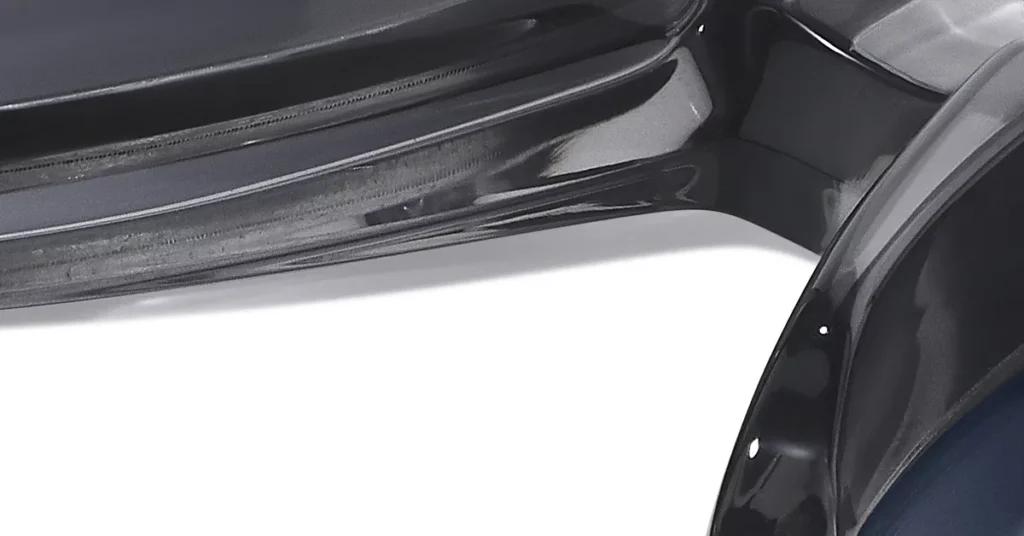
How to Conduct Efficient Preliminary Vetting
Your preliminary evaluation must efficiently distinguish qualified manufacturers from unsuitable partners before you invest significant time.
Identifying Critical Red Flags
Professional communications demonstrate technical knowledge and prompt responses. Red flags include generic product descriptions, an inability to discuss specific production processes, and an excessive focus on low pricing.
Critical Warning: Suppliers offering immediate production starts or claiming to manufacture everything typically represent trading companies or substandard operations.
A Checklist for Scrutinizing Initial Documentation
You must verify essential documentation.
- Business Registration: Confirm their manufacturing license.
- ISO 9001: Check their quality management system certification.
- BSCI/Sedex: Demand social compliance audits demonstrating ethical labor practices.
- Export Licenses: Verify their authority for international trade.
Best Practice: Request certification numbers to enable independent verification through the issuing organization’s databases. Do not accept document copies at face value.
The First-Contact Litmus Test
Strategic questioning reveals a manufacturer’s capabilities.
- “Describe your acetate curing process and tumbling procedures.”
- “What specific quality control checkpoints do you implement?”
- “Which brands currently use your manufacturing services?”
- “How do you handle production scheduling for seasonal demands?”
Manufacturers demonstrating detailed process knowledge and established client relationships warrant further evaluation. Vague responses indicate insufficient capabilities.

Phase 3: Conduct a Deep-Dive Factory Audit
The Due Diligence Framework: A Deep-Dive Audit
A comprehensive evaluation requires a systematic assessment of technical capabilities, quality systems, and operational reliability.
How to Assess True Craftsmanship & Technical Expertise
Craftsmanship evaluation extends beyond the finished product. You must understand their production processes, worker training programs, and quality consistency systems. Premium manufacturers invest heavily in these areas.
Evaluating the Nuances of the Handmade Process
Demand verification of authentic handmade production processes.
- Acetate Curing: Premium acetate needs a minimum 60-day curing period in controlled humidity. The manufacturer must show you their curing facility.
- Tumbling Process: A professional 4-stage tumbling process requires 72 hours using graduated wooden media and polishing compounds.
- Hand Assembly: Examine manual procedures for hinge installation and temple adjustment. Premium operations employ technicians with 8-12 years of apprenticeship.

A Forensic Analysis of Samples
Sample evaluation requires a systematic inspection protocol.
- Surface Quality: Check for edge consistency, color depth, and hardware alignment.
- Structural Integrity: Test hinge operation, temple spring tension, and lens retention.
- Component Integration: Evaluate rivet placement, logo application durability, and temple tip security.
Verifying Prototyping and Custom Design Capabilities
Advanced capabilities permit complex design execution. Premium manufacturers maintain dedicated prototyping facilities and experienced design teams.
Key Metric: Professional prototyping typically requires 15-20 days for acetate samples and 25-30 days for titanium prototypes, including multiple revision cycles.
Inquiring About Specialized Techniques
Value-added capabilities distinguish premium manufacturers. These include multi-layer acetate lamination, precision laser engraving, metal inlay processes, and custom hardware development.
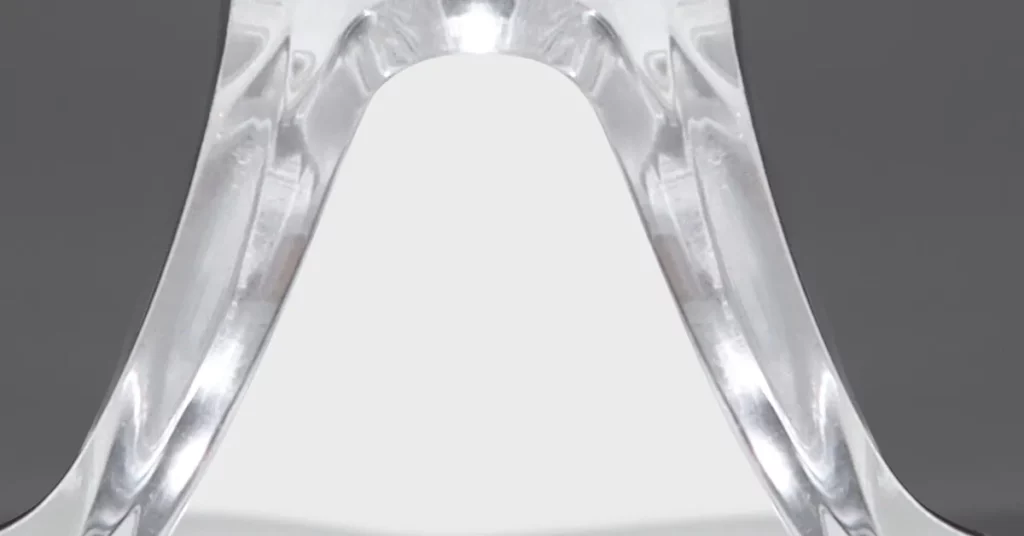
Auditing Quality Control and Global Compliance
Quality management systems determine consistency and regulatory compliance. Premium manufacturers implement comprehensive QC frameworks.
Dissecting the In-House QC Process
Demand evidence of multi-stage inspection.
- Raw Material Verification: Acetate sheet inspection, hardware dimension checks, and lens quality testing.
- In-Process Monitoring: CNC precision verification, tumbling process monitoring, and assembly checks.
- Final Product Inspection: 100% functionality testing, aesthetic quality assessment, and packaging verification.
Mastering Global Safety Standards
International regulations are non-negotiable for market access.
- ISO 12312-1 (Sunglasses)
- ANSI Z80.3 (US Market)
- AS/NZS 1067 (Australia/New Zealand)
- CE PPE (European Union)
Critical Warning: Non-compliant products face market access restrictions, legal liability, and potential recalls, creating significant business risks.
The Strategic Use of Third-Party Factory Audits
Independent audit services from firms like SGS, Intertek, or QIMA provide objective capability assessment and compliance verification. Audits offer unbiased validation of a factory’s claims.
Verifying Ethical & Environmental Credentials
Sustainability and social responsibility influence brand partnerships.
- ISO 14001: Environmental management systems.
- SA8000: Social accountability standards.
- REACH Compliance: European chemical safety regulation.
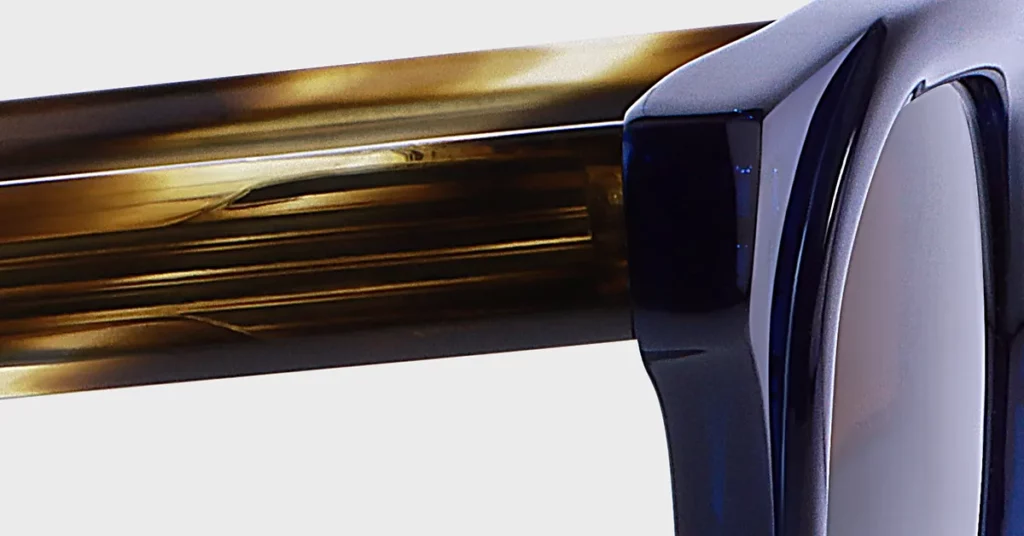
Evaluating Operational Reliability and Supply Chain Health
Assess operational stability, financial health, and supply chain resilience to ensure a sustainable partnership.
Investigating Raw Material Sourcing
Premium manufacturers have established relationships with recognized suppliers.
- Mazzucchelli (Italy): Premium acetate.
- Jinyu/Jimei (China): High-quality acetate.
- OBE (Germany): Precision hinges.
- Zeiss/Essilor: Premium lenses.
Best Practice: Request supplier relationship documentation, including purchase agreements and quality specifications, to demonstrate supply chain stability.
Stress-Testing Production Capacity and Lead Times
Assess production reliability by examining capacity, scheduling, and delivery performance. Key metrics include current utilization rates, equipment redundancy, and historical on-time delivery rates exceeding 95%.
Assessing a Partner’s Financial Stability
Financial stability determines a partner’s sustainability. You must verify their business registration, review financial statements, and analyze their investment in equipment and technology. Avoid suppliers with excessive dependence on a single customer.
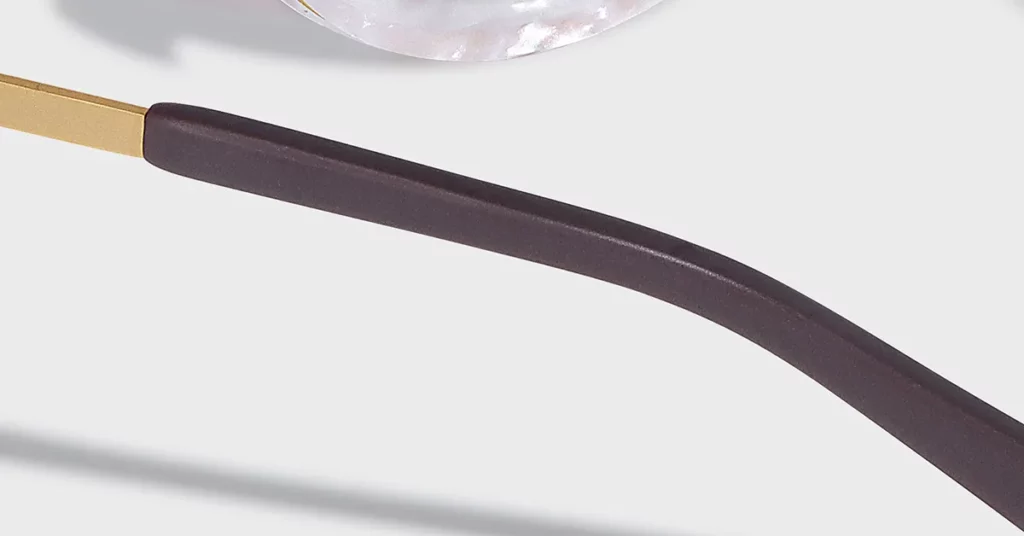
Phase 4: Build a Bulletproof Legal and Operational Partnership
Mitigating Risk and Building a Bulletproof Partnership
Strategic risk management protects your brand, investment, and supply chain.
A Proactive Framework for Preventing Pitfalls
Systematic risk prevention requires understanding common failure modes and implementing preventive measures before problems emerge.
The “Quality Fade” Problem and Tiered Inspections
Quality fade is a gradual deterioration of quality after initial production. Never proceed without a tiered inspection protocol to prevent it.
- First Article Inspection (FAI): A comprehensive evaluation of the first production samples against all technical specifications.
- In-Process Monitoring: Random sampling during production to catch deviations in real-time.
- Pre-Shipment Verification: Final inspection of the finished goods before they leave the factory.
The Communication Barrier and Ironclad Technical Packs
High-quality technical documentation eliminates interpretation gaps.
- Essential Components: Include detailed dimensional drawings, material requirements with brand names, and quality standards defined by measurable parameters.
- Communication Protocols: Establish requirements for regular progress updates with photos and a formal change management process.

How to Protect Your Intellectual Property in China
IP protection demands a comprehensive legal framework designed for China’s legal environment.
Why You Need a China-Enforceable NNN Agreement
A standard NDA is not enough. You must execute an NNN (Non-Disclosure, Non-Use, Non-Circumvention) agreement. This prevents a factory from using your IP for their own benefit or selling directly to your customers. It must be written in Chinese and be enforceable in Chinese courts.
Strategies for Registering Your Trademarks and Patents
China operates on a “first-to-file” principle. You must register your trademarks and design patents before you engage with any partners. This process can take 12-18 months, so initiate it early.
Structuring a Comprehensive Manufacturing Agreement
A professional manufacturing agreement is the legal framework for your entire partnership.
Defining Key Contractual Clauses
Your agreement must include:
- IP Ownership: Unambiguous assignment of all design rights.
- Exclusivity: Geographic and product category restrictions.
- Quality Standards (AQL): Specific Acceptable Quality Level definitions and rejection criteria.
- Penalties: Financial consequences for quality failures or delivery delays.
Navigating International Payment Structures
Optimize your payment structure to balance cash flow and risk. A 30% deposit with 70% due before shipment is standard. For new partners, a 50/50 split offers balanced risk. A Letter of Credit provides maximum protection for high-value orders.
The Product Specification Sheet as a Legal Addendum
Always integrate your technical specification sheet into the manufacturing agreement as a legally binding addendum. This ensures your quality standards are contractually enforceable.
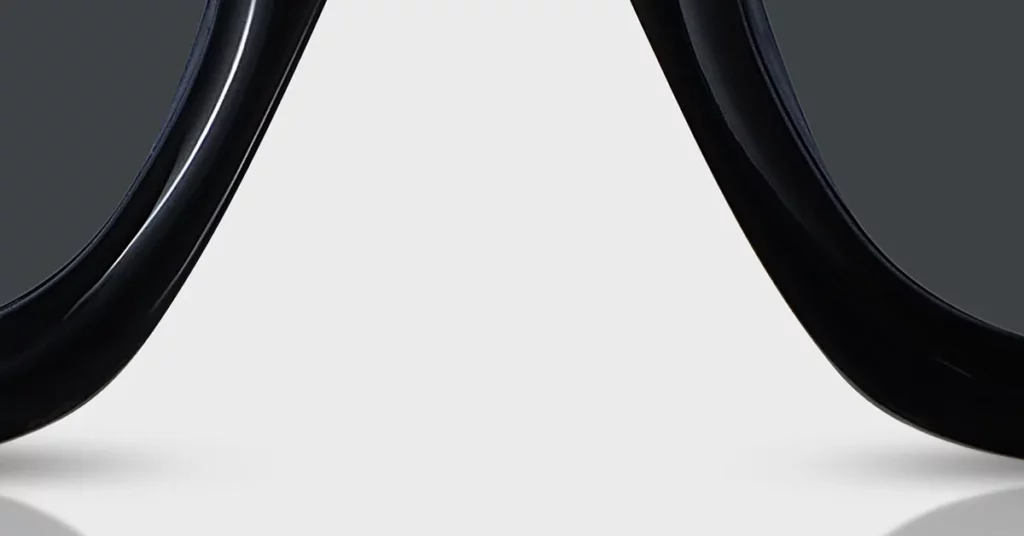
Conclusion
Finding the right Chinese handmade sunglasses manufacturer is not a simple search; it is the formation of a strategic partnership. This requires a rigorous, multi-stage vetting framework. By systematically evaluating technical capabilities, auditing quality systems, and mitigating risk, you can identify a partner capable of executing your premium vision and supporting your brand’s growth in the competitive global market.
Contact Kssmi for a strategic consultation to co-develop your market-leading eyewear collection.
Frequently Asked Questions
1. Beyond material type, what handmade acetate polishing techniques should I ask about to ensure a luxury finish?
A true luxury finish requires a 4-stage tumbling process over 72 hours using different wood media and compounds. You should also ask about their hand-filing for joints, felt buffing wheel operations, and final hand-polish applications, which distinguish premium finishing.
2. How can I verify a manufacturer’s claim of using authentic Mazzucchelli acetate?
Demand original purchase invoices, examine acetate sheet packaging for branding and lot numbers, and request material certificates. Authentic Mazzucchelli acetate has unique color depth and density. For ultimate proof, use a testing service for material composition analysis.
3. What are the critical QC differences for titanium versus acetate frames?
Titanium QC focuses on weld inspection, surface treatment verification, and dimensional accuracy after thermal cycling. Acetate QC emphasizes curing verification, tumbling process monitoring, and color consistency. Both need hinge testing, but titanium demands higher stress testing.
4. Does a factory’s ISO 9001 certification eliminate my need for pre-shipment inspections?
No. ISO 9001 validates they have a quality system, not that your specific product will meet your standards. You must commission independent pre-shipment inspections to verify your specific requirements, detect quality fade, and ensure compliance before payment and shipping.
5. How much weight should I give port proximity versus specialized craft expertise?
For premium brands, specialized expertise in crafts like wood or horn inlays is far more important. This unique skill directly enables product differentiation and premium pricing. The small extra shipping cost is minor compared to the value added by superior craftsmanship.